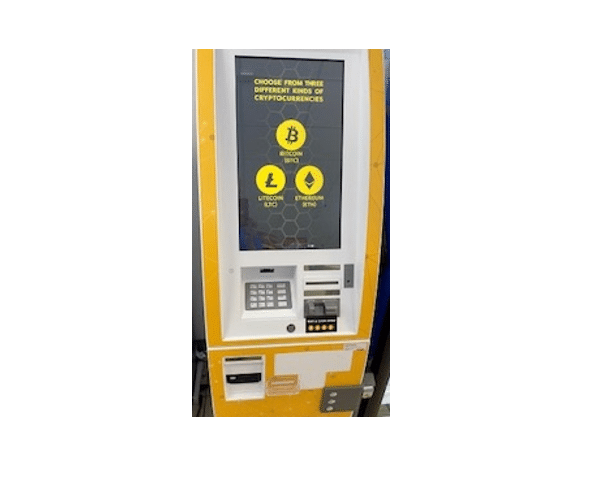How often does your company make decisions based on internal opinions? How often do you damn the torpedoes without sufficient evidence that the product and/or service you are launching or offering truly fits the needs of the customers?
Let me share a Delta story with you.
As a road warrior, I have had my share of experiences with a multitude of airlines. I am fully aware that the airline industry has allowed itself to become a commodity. The few exceptions are those that do NOT charge for pillows, blankets and luggage: Southwest and Jet Blue come to mind as the standouts in this crowd. The gigantic nationals have all blurred into one massive Greyhound Bus in the sky.
So with a recent trip to the UK, I was tempted by Delta ads for their proud rollout of new sleeper seats for overnight flights. Since my departure was 10:45 p.m., I welcomed the broadly advertised flat bed seating.
This is where I want to be wrong. I am hopeful in my assumption that this investment was not made absent customer feedback. I want to be wrong when I suggest that these seats were designed solely by engineers who are not road warriors. Wrong in the belief that they were created and manufactured by folks who don’t often have to experience the dreaded overnight flight from which they will need to bolt to a meeting pretending to be fully rested.
The Seat: The good news is that with the push of a button the seat did lie flat. However, ones feet were relegated to a small tunnel that got smaller and smaller. So if you have a foot larger than a size 5, I am sure you would need WD-40 to get it in, and thusly out again. So the man sitting next to me said, the only solution was to sleep on his side. That created another issue as the seat width made that a bit of a challenge. Oddly, there was an extraordinary amount of what appeared to be “wasted” space for armrest/table on both sides of the seats.
Another feature that was very inviting was a button that allowed for massage – it didn’t work very well. In fact, it made a noise that annoyed other passengers. Twice I got “tssked” by neighboring flyers for turning it on. And my guess is, those mechanics used up valuable space.
And finally, using the floor space from seat in front of you for storage space was another issue: It is not flat, as we are accustomed to on most airplanes. It is on a 45 degree angle which means anything you store slides right back at you. You have to use your foot for takeoff to keep your bag, pillow, blanket, etc. in place and pretty much remove it once in the air.
Did Delta and/or their seat vendor involve any road warriors, a.k.a. customers, in testing the design of the “fabulous new sleeper seats”? I would like to think they obtained ample customer views before making such an expensive investment.
After just one night’s sleep in the seat, I think anyone would conclude that the engineer design team might need to go back to the drawing board after sleeping in it a few times themselves.
Too many companies, large and small, neglect to sufficiently obtain the voice of their customer in efforts to create a competitive advantage. First, determine what your customers value most in your offering. I have seen countless studies which revealed that the new internal “idea” was not valued by the customer, yet the company was so excited about the concept they ran with it anyway. It always ends up costing a bundle.
Footnote: I understand that I am just a survey of “one” on the Delta seats, so my view is not statistically valid across all travelers. I would like to know that I am wrong and an anomaly in passenger response. I would welcome hearing that their large investment has pleased most passengers.
Reflections:
- Don’t leave new innovations to chance. Find out what matters to your customers and what doesn’t.
- When did you roll out a new product or service only to find it not well received?
- A little research at the front end can save you from costly mistakes.




